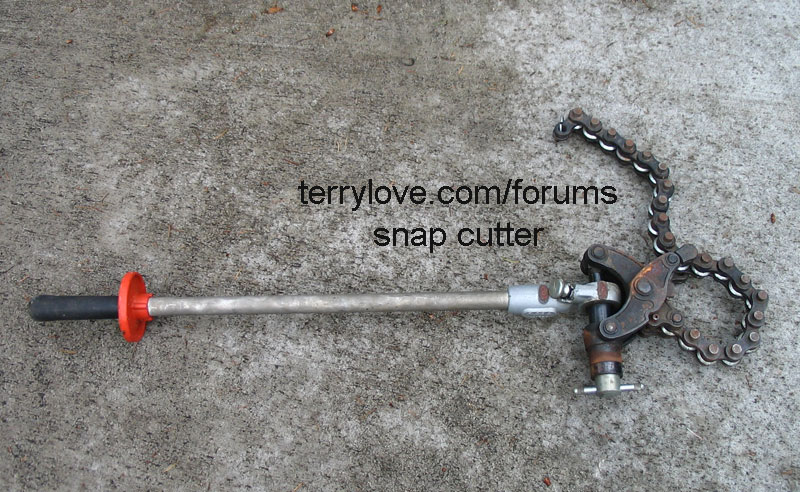I removed my toilet and the concrete around it. I found one of the bolts has just turned to dust, the other one is rusted on. I believe the drain is cast iron or something else (it's black?). As you can see in the picture the one on the right is gone, and the hole expanded to the edge and now it's just a cutout.
The second picture is my upstairs neighbors toilet pipe for reference. I just don't know what I'm suppose to do to connect the new toilet.
1. From what I've been reading, there is suppose to be a flange that the bolts go into? There is no flange here, the bolts just go directly into the rim of the pipe. How do I get bolts back onto the drain?
2. Is there a flange I can get to go over the drain?
3. If I have to remove this section of pipe, how do I remove it from the stack? I'm guessing keep turning this thing counterclockwise...but I don't have a wrench that big
...From my experience with the other pipes, I know it'll be rusted.
4. If I can get it out, I'd like to replace it with cpvc, how do I connect it to the iron pipe. You can see in the second picture there's some kind of ring, not sure what it does yet.
5. Any other tips or suggestions would be great. If I do have to remove this section, I'll be extending it 2 inches because right now my rough-in is 10".
The second picture is my upstairs neighbors toilet pipe for reference. I just don't know what I'm suppose to do to connect the new toilet.
1. From what I've been reading, there is suppose to be a flange that the bolts go into? There is no flange here, the bolts just go directly into the rim of the pipe. How do I get bolts back onto the drain?
2. Is there a flange I can get to go over the drain?
3. If I have to remove this section of pipe, how do I remove it from the stack? I'm guessing keep turning this thing counterclockwise...but I don't have a wrench that big
...From my experience with the other pipes, I know it'll be rusted.
4. If I can get it out, I'd like to replace it with cpvc, how do I connect it to the iron pipe. You can see in the second picture there's some kind of ring, not sure what it does yet.
5. Any other tips or suggestions would be great. If I do have to remove this section, I'll be extending it 2 inches because right now my rough-in is 10".
Last edited by a moderator:



